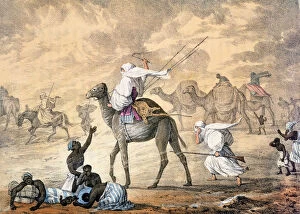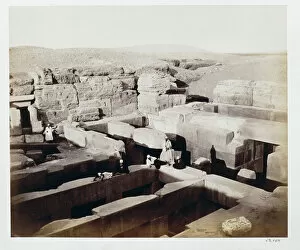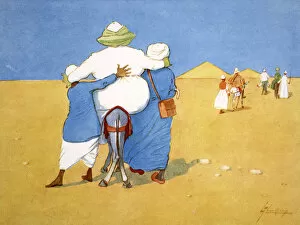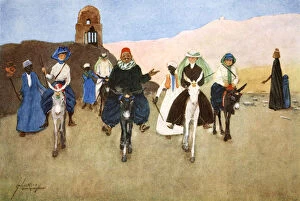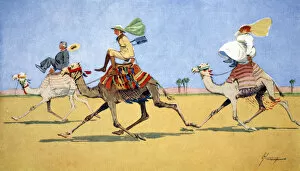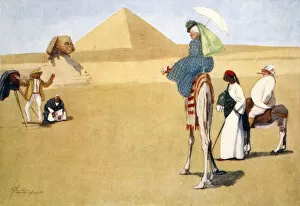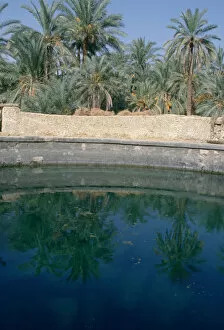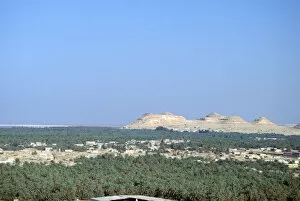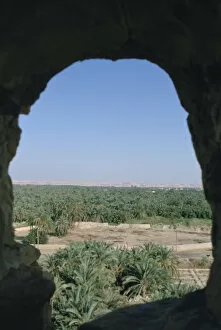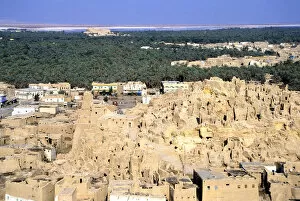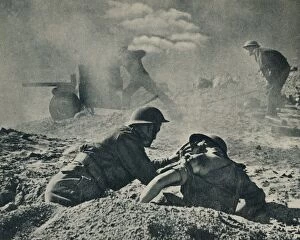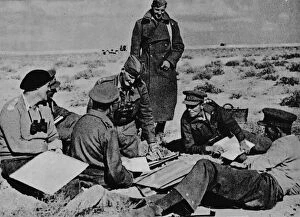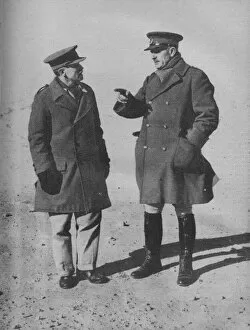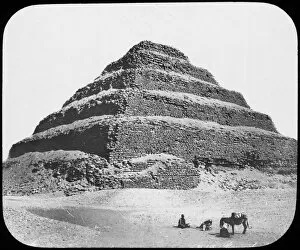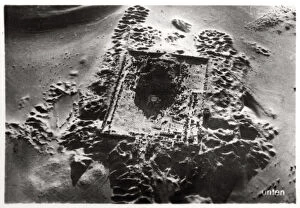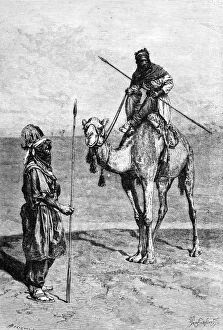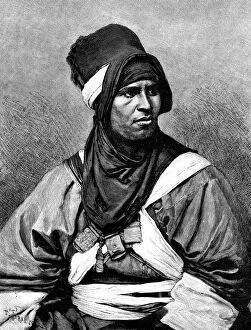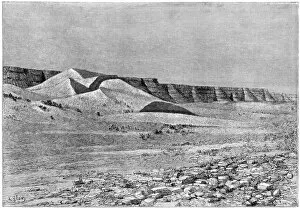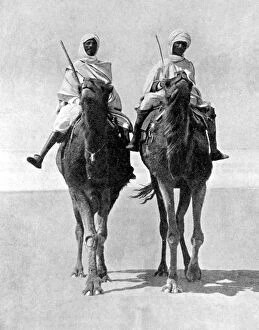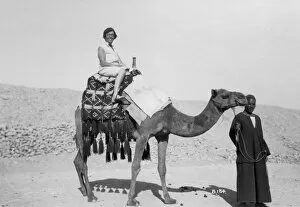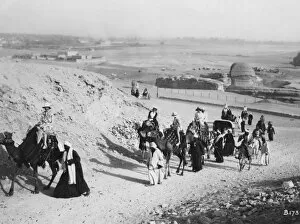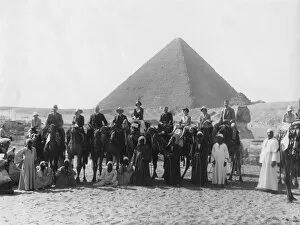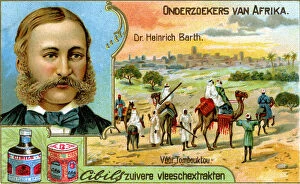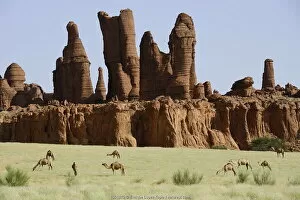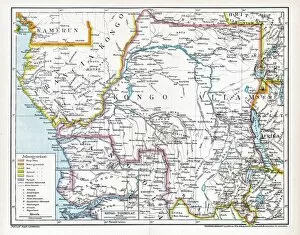Sahara Desert Collection (#5)
The Sahara Desert, located in North Africa, is a vast expanse of arid land that stretches across multiple countries
For sale as Licensed Images
Choose your image, Select your licence and Download the media
The Sahara Desert, located in North Africa, is a vast expanse of arid land that stretches across multiple countries. Its significance can be traced back to ancient times, as depicted on the Map of Egypt. The desert has been witness to countless tales and adventures, such as Arabs fighting tigers amidst its harsh conditions. Explorers have ventured into this unforgiving landscape throughout history, with EXPL2A-00139 marking one of their expeditions. The Map of Africa showcases the most recent discoveries made within its borders, including the Island of St. , while Camels in the Sahara Desert symbolize the resilience required to survive here. Over time, maps like those from 1883 and 1902 have documented changes in African territories but also highlighted the enduring presence of this formidable desert. Kasbah Ait Benhaddou stands as a testament to an ancient fortified village along a caravan route connecting Marrakech and the Sahara Desert – now recognized as a UNESCO World Heritage Site. Innovation has found its way even into these barren lands; traditional houses equipped with solar panels demonstrate how locals adapt to modern needs while respecting their environment. Tombouctou (Timbuktu), immortalized by painted road signs pointing towards it, represents both an elusive destination and a symbol of historical importance. The Sahara's inhabitants include Berber people who have forged deep connections with their surroundings over generations. A Berber man standing proudly beside his camel embodies their nomadic lifestyle intertwined with survival skills passed down through time. Douz serves as a gateway for many adventurers seeking experiences within this vast desert landscape – offering glimpses into life amidst shifting dunes and endless horizons. The Sahara Desert captivates our imagination with its rich history, diverse landscapes, and resilient communities that thrive against all odds.

